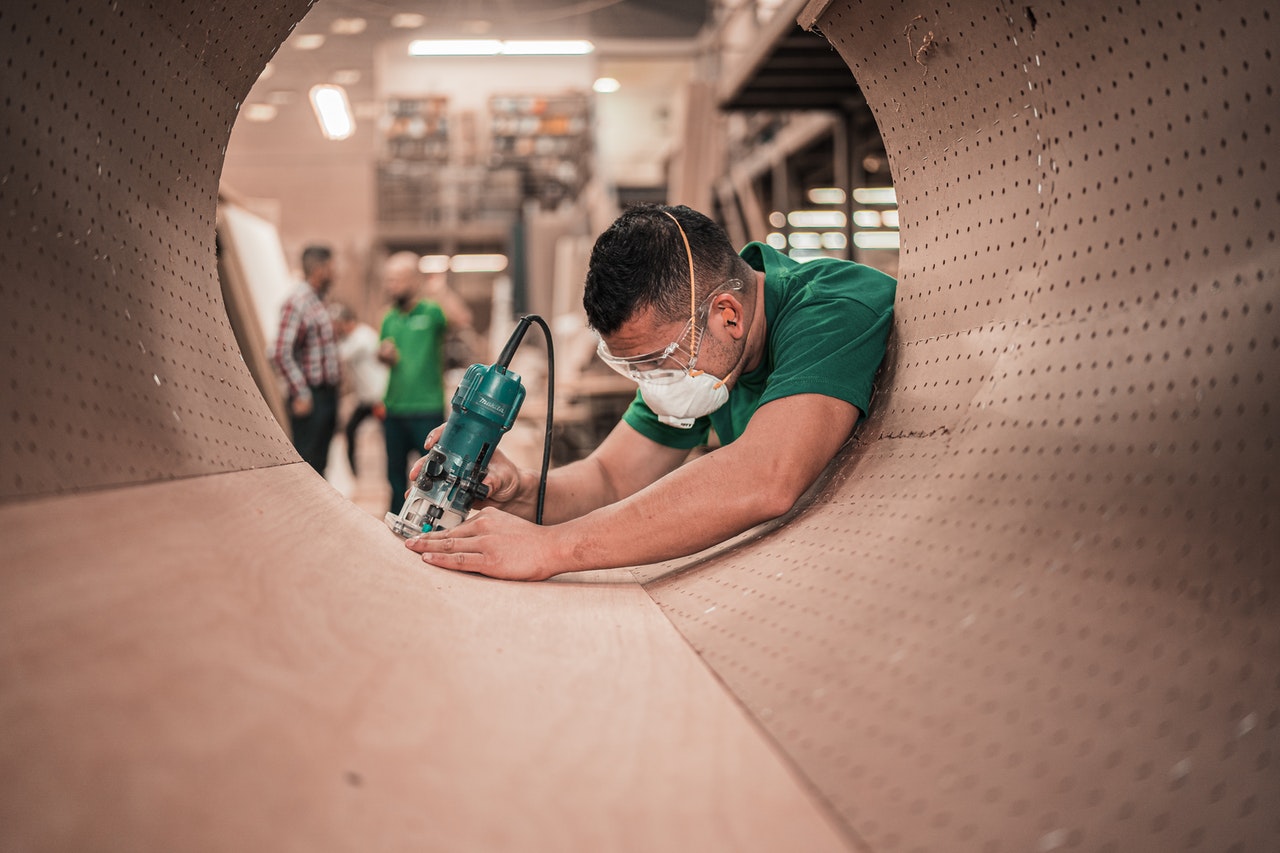It is safe to say that the introduction of plastics has to be one of the best innovations in the past couple of decades. Before that occurred, a vast majority of people, along with companies, relied solely on traditional materials, such as cotton, metal, and glass.
And then at one moment, plastic has entered the market and changed everything for the better. Many experts claim that it has revolutionized a lot of different industries and “forced” them to utilize this material that is extremely safe for both humans and our planet.
These days, anyone can easily gain access to plastic and what’s good about it is the fact that it is produced with a vast variety of materials properties. Today we will discuss the most common types of plastic that are frequently utilized.
Top Types Of Plastic You Need To Know
Polycarbonate
If you’re looking for something that’s long-lasting when it comes to plastic materials this one for sure is one of the best options. More importantly, it has amazing optical properties. You can easily maintain precise dimensional control when molding with this material since it has a quite predictable mold shrinkage.
Furthermore, people tend to utilize polycarbonate when they need something that’s quite strong and resilient. Still, you should bear in mind that you shouldn’t be utilizing it for food storage since it is loaded with Bisphenol.
Acrylic
PMMA or otherwise also known as polymethyl methacrylate is generally very omnipotent, clear thermoplastic that offers a lighter-weight alternative to glass. One of the most common types of acrylic is extruded acrylic which has outstanding optical properties with optical clarity that’s much clearer in comparison to glass. So what does it mean?
It means that this clarity can efficiently replace glass for practically any application and precisely extruded acrylic is very resistant. When it comes to acrylics in general, they are oftentimes utilized in solar panels, windows, bathroom enclosures, greenhouses, and many others.
Let’s Not Forget These Plastic Materials Below
Nylon
This is for sure one of the most versatile plastic materials and it is frequently utilized in manufacturing. Typically it is mixed with a number of different materials with a goal to improve its characteristics.
Furthermore, it is beneficial for a wide range of things, for example, nylon rope, clothing, and reinforced automotive parts. Below we are going to list a couple of advantages of this type of plastic material.
- Low friction
- Abrasion Resistance
- Chemical Resistance
- Adaptable
Thermoplastic
This material easily becomes liquid when it’s heated. And then as it slowly starts to cool down it becomes inflexible. Thermoplastic parts can be both reused and re-melted. What’s good about this type of plastic material is the fact that it’s all-purpose and is generally very frequently utilized.
The most common types of thermoplastic include semi-crystalline thermoplastic and amorphous thermoplastic. The first one has a tendency to be very dense and it stays firm until it reaches a particular temperature.
When it comes to amorphous thermoplastic, it looks very glassy and transparent. Furthermore, it softens quite slowly and the most common examples involve Plexiglass, Polycarbonate, and Polystyrene.
Polypropylene
Polypropylene has a nice glossy surface when it’s manufactured the right way. Due to its elastic properties and resilience, it can be used for different food-related purposes, such as storage containers, plastic kitchenware, dishwasher-safe plates, and many other things.
This type of plastic material can also be employed to make various interesting toys, external car parts, and also hard luggage containers. So what are the most positive traits of polypropylene? They include:
- Fatigue Resistance
- Elasticity
- Chemical Resistance
- Electrical Resistance
Elastomer
The name says everything. Namely, this material has spectacular elastic properties. Furthermore, this category can involve both synthetic and natural manufactured polymers. Moreover, it can be perceived as a subset of two plastic categories.
Some elastomers are thermosets, while there are those that are thermoplastics. What’s great about it is the fact that it can resist very high temperatures and is extremely flexible. The most popular examples of it are Liquid Silicone Rubber and Rubber.
Acetal Copolymer
Acetal Copolymer (or pom material) is known by its strength, low moisture absorption, dimensional stability, and high resistance to organic & inorganic solvents and acids. Pom material is good for high-performance engineering components, consumer electronics, rollers, fasteners, medical technology, lock systems, aerosol valves, fuel tank modules, and much more. Among the disadvantages, acetal copolymer resin sinks, has a relatively high cost and a longer molding cycle.
Polyethylene
This is for sure one of the most popular types of plastic materials. It includes three main types like low density, high density, and polyethylene terephthalate. It’s worth mentioning that this material is the only commercial polymer that can be chosen according to its thickness. Namely, this measurement is extremely important because it controls other material-related properties.

In this article, we talked about the most common types of plastic materials. Besides them, there are many others that are utilized in manufacturing and each of them comes with various advantages and disadvantages.
